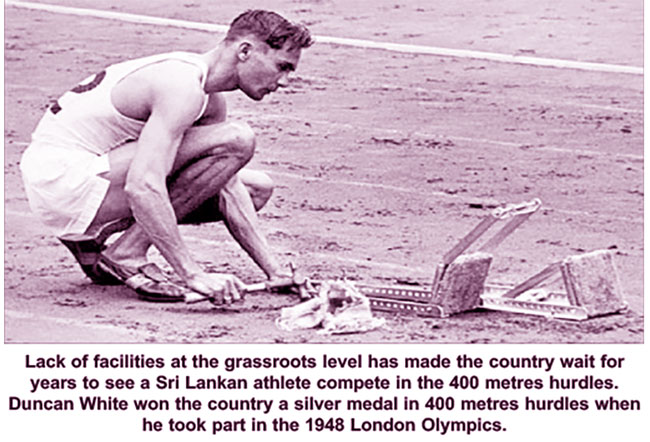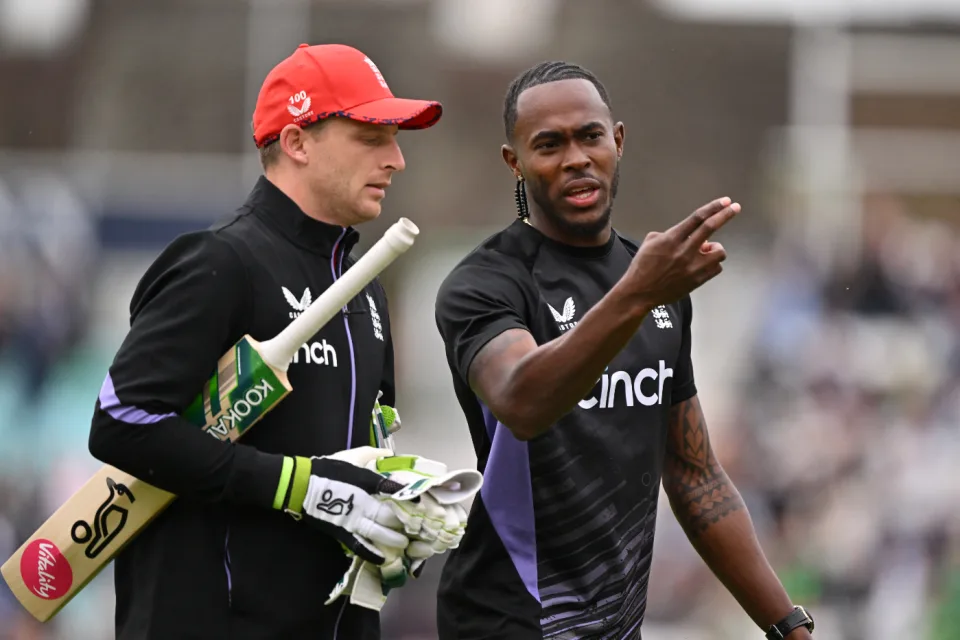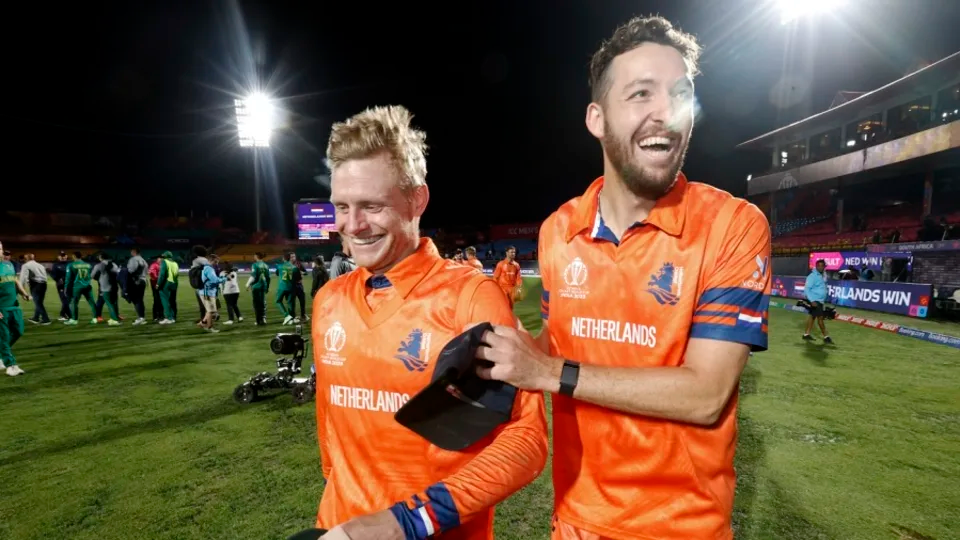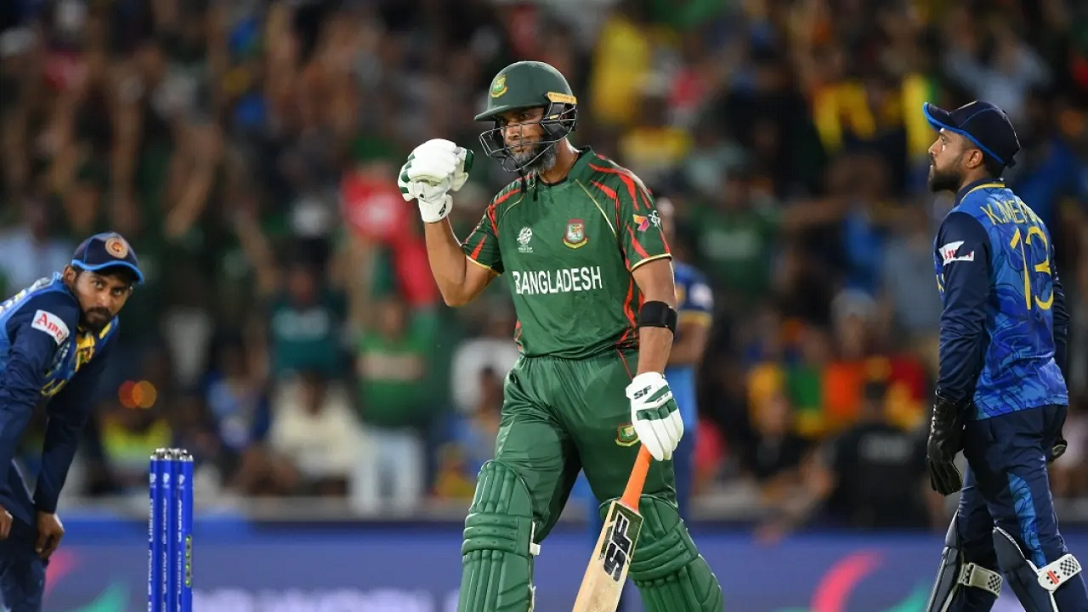Sports
Waiting for the next Olympic hurdler

Tokyo Olympics – 8 days to go
by Reemus Fernando
The 400 metres hurdles, a discipline in which the country won its first Olympic medal has lost its popularity from being probably the most popular track discipline in 1948 to be the least-interested athletics event among school children today. The lack of facilities and neglect by officials at Divisional and Zonal level is contributing to making the event less attractive and killing the interest of potential athletes who could one day win medals at the international level. From lack of knowledge of coaches to train the technical event to lack of proper facilities (grounds), there could have been many other factors that had contributed to making the track discipline less appealing but there had been a number of athletes who have beaten the odds to win medals at the junior international level, proving that it is not a case of the dearth of talent.
After Duncan White won the country’s first medal at the 1948 London Olympics it took more than half a century for a Sri Lankan male even to earn an Olympic berth in that discipline. It also took more than five decades since Independence for a Sri Lankan male to win a 400 metres hurdles medal outside the South Asian region. In 2000 Harian Ratnayake won the Asian Athletics Championship silver and became the first Sri Lankan since Duncan White to take part in an Olympic 400 metres hurdles. Despite being the first Sri Lankan to run the distance under 50 seconds and winning silver at the Asian Championships, Ratnayake could not find a place in the semi-finals at the Sydney Olympics. Saudi Arabia’s Hadi Al-Somaily, Asia’s fastest that year went on to win a rare silver.
The 400 metres hurdle has been dominated by athletes from English speaking countries at the Olympics. While the competition among the English speaking countries has made the event faster than it had been a half-century ago, the standard of Sri Lanka’s 400 metres hurdles have remained stagnated.
When White finished second behind Leroy Cochran of the USA at the London Olympics he was just 0.07 seconds behind the winner who established a new Olympic record. The then world record was 50.6 seconds. During the last 73 years the world record has been improved by nearly four seconds. On the first of this month, the Norwegian champion Karsten Warholm broke the world record with a feat of 46.70 seconds (the record is subjected to World Athletics ratification).
The country’s national record of 49.44 seconds held by Ratnayake is more than two decades old now. Ratnayake, trained by S.M.G. Bandara and Asian Games medallist (relay) Asoka Jayasundara, trained by Sunil Gunawardena are the only athletes to have clocked sub 50 seconds in that discipline. The country’s top-level athletes today are much slower than the duo who won at the Asian level in their heyday. At World Level more than 90 athletes clocked sub 50 seconds this year. Of them, 19 are from Asia. Sri Lanka’s fastest 400 metres hurdler this year is not even among the best 50 in Asia.
“Most of the current 400 metres hurdlers are athletes who had taken up the event after joining the Army. The motor abilities of an athlete have to be developed from a young age if he is to become a good hurdler. It takes years of training to become a good hurdler. Not many who take up hurdling at school level persevere,” says Asoka Jayasundara, the Asian Games medalist who trains several hurdlers.
The reason that many athletes do not take up 400 metres hurdles at school level could be attributed to the absence of facilities at the grass-root level. The vast majority of the country’s Divisional and Zonal schools athletics competitions are conducted on 200 metres tracks, which makes it impossible to conduct a proper 400 metres hurdles event. What the majority of organizers of Divisional meets do is to promote the few athletes who have applied for the event to the Zonal level. It is at the Divisional level that a young athlete first sees the event live. At a majority of Zonal meets too athletes competing in the 400 metres hurdles are given turns to run on a single set of hurdles. After finishing their turn, they wait around the timekeepers till all complete their turns to see who has produced the fastest time.
To be continued……….
Sports
England face Australia in the battle of champions

The first truly heavyweight clash of this expanded T20 World Cup format comes freighted with both history and subplots. A rematch of the 2010 World T20 final at Kensington Oval, the match pits Jos Buttler’s defending champions – who are aiming to become the first team to retain the trophy – against the Australian winning machine, victors at the 2021 edition and current world title-holders in Test and ODI cricket. And that’s before you throw in the Ashes for afters.
Already there is added pressure on England, after the rain in Bridgetown led to a share of the points in their opener against Scotland (and that having conceded 90 runs from 10 overs without taking a wicket in a tepid bowling display). Lose to their oldest rivals and it will leave their Super 8 prospects open to being waylaid by the perils of net run-rate calculations, or worse.
The Scotland match was the third abandonment in five suffered by England, after a rain-affected home series against Pakistan, which has clearly hampered their readiness for this campaign after almost six months without playing T20 together. It does not take much for a side to click in this format – and England looked in decent shape when they did get on the field against Pakistan – but Buttler will be anxious for things to go their way on Saturday, if only to avoid further questions referencing the team’s disastrous ODI World Cup defence last year.
Australia, under the laidback leadership of Mitchell Marsh would love nothing more than to add to the English sense of jeopardy – having helped bundle them out of the tournament in India on the way to taking the crown. Their head to head record is less impressive in T20 however, with England having won six of the last seven completed encounters, as well as that 2010 final.
Despite a wobble with the bat, Australia avoided mishap against Oman earlier in the week, the experience of David Warner and Marcus Stoinis shining through in difficult batting conditions. Surfaces in the Caribbean – not to mention those games staged in the USA – have already had teams scratching their heads; rather than the “slug-fest” England had prepared for, following a high-scoring tour of the Caribbean in December, it looks as if boxing smart may be the way to go.
Speaking of Warner, this could be the last time he faces up against England in national colours – and another match-winning contribution would likely reduce the chances of them meeting again in the knockouts. On the other side of the card is Jofra Archer, fresh from an emotional maiden outing at Kensington Oval and ready to take on Australia for the first time in any format since 2020. Can Mark Wood fire up England’s campaign, as he did during last summer’s Ashes? Will Pat Cummins be back to harass the old enemy once again? Seconds out, it’s almost time to rumble.
Cummins is set to return after being rested for the Oman game, which saw Mitchell Starc leave the field with cramp. Starc is understood to be fine and could keep his place – which would likely see Nathan Ellis miss out. Marsh is still not fit to bowl, with Australia likely to continue with the allrounder combination of Stoinis and Maxwell to give them cover.
Australia (probable XI): David Warner, Travis Head, Mitchell Marsh (capt), Glenn Maxwell, Marcus Stoinis, Josh Inglis (wk), Tim David, Pat Cummins, Nathan Ellis/Mitchell Starc, Adam Zampa, Josh Hazlewood
The one change England may consider is Reece Topley coming in for Wood, with the expectation that there will be some rotation among the seamers through the course of the tournament.
England (probable XI): Phil Salt, Jos Buttler (capt & wk), Will Jacks, Jonny Bairstow, Harry Brook, Liam Livingstone, Moeen Ali, Chris Jordan, Jofra Archer, Adil Rashid, Reece Topley/Mark Wood
[Cricinfo]
Sports
South Africa up against their bogey team in batter-unfriendly New York

Once is coincidence, twice is a clue, and three times is proof.
To paraphrase Agatha Christie, that is the narrative around South Africa’s meeting with Netherlands at this T20 World Cup.
The Dutch beat South Africa at the 2022 tournament and ended their semi-final hopes in a match where South Africa appeared to be sleep walking, and then beat them again at the 2023 ODI World Cup, where they exposed South Africa’s vulnerability in the chase. If they to do the treble, not only will Netherlands take the lead in Group D, but they will offer conclusive evidence of the threat they pose to Full Members, especially South Africa.
Of course, it will take some doing after South Africa’s opening performance against Sri Lanka, where they reduced their opposition to their lowest T20I total and chased it down in fairly straightforward fashion thanks to the most stable middle-order of their white-ball era. In Aiden Markram, Tristan Stubbs, Heinrich Klaasen and David Miller, South Africa have bankers and big-hitters and, for this match, they also have the advantage of experience. They’ve already played at Eisenhower Park, and have first-hand knowledge that run-scoring doesn’t come easily;Klassen said they are prepared to use their “cricket brains” and play “smarter cricket”.
But the conditions could be good news for Netherlands, who are not naturally a line-up of big hitters and build their innings on a foundation of turning ones into twos. In other words, they tend to take a slightly more conservative approach to batting, which may work well here, but they’ll be wary of the uneven bounce of the surface and will have to come up with plans to counterattack especially against South Africa’s seamers. Their own bowlers were exemplary in Dallas and will look to build on that performance against a line-up that will likely be more proactive than Nepal’s, but who they have managed to keep quiet not once, but twice in the past. Third time’s the charm, they say.
Anrich Nortje’s stunning return to form against Sri Lanka means South Africa may not have to tinker with the bowling combination, and Gerald Coetzee and Tabraiz Shamsi may have to wait their turns to get a game. The batting line-up should be unchanged, with no space for Ryan Rickelton yet.
South Africa: Quinton de Kock (wk), Reeza Hendricks, Aiden Markam, Tristan Stubbs, Heinrich Klaasen (wk), David Miller, Marco Jansen, Keshav Maharaj, Kagiso Rabada, Ottneil Baartman, Anrich Nortje
Conditions in New York may tempt Netherlands to include an extra seamer and they have Kyle Klein in their squad. But it could come at the expense of a shortened batting line-up and they may not want to risk that.
Netherlands: Michael Levitt, Max O’Dowd, Vikramjit Singh, Sybrand Engelbrecht, Scott Edwards (capt, wk), Bas de Leede, Teja Nidamanuru, Logan van Beek, Tim Pringle, Paul van Meekeren, Vivian Kingma
[Cricinfo]
Latest News
Mustafizur, Rishad, Hridoy dazzle in Bangladesh’s tight two-wicket win over Sri Lanka

Nuwan Thushara’s last over brought Sri Lanka screaming back into the match,as he first bowled Rishad Hossain, and then nailed Taskin Ahmed in front of the stumps with a pinpoint swinging yorker. This left Bangladesh eight wickets down, with 12 runs still to get.
However, the experienced Mahmudullah was at the crease for Bangladesh, and despite some further nervy moments, pushed Bangladesh across the line off the last ball of the 19th over.
But this was a match chiefly decided by Bangladesh’s own outstanding bowling. Mustafizur Rahman was the best among them, using shorter lengths and his cutters efficiently, to claim figures of 3 for 17. Rishad Hossain’s three-for through the middle overs also kept Sri Lanka quiet.
Mustafizur was instrumental in Sri Lanka’s downward spiral through the middle overs, which culminated in a crash-and-burn end. Ultimately, their inability to find boundaries, or even rotate strike against good Bangladesh bowling resulted in their downfall. A score of 125 for 9 always seemed poor on a decent pitch, even if their bowlers made a match of it in the end.
Brief scores:
Bangladesh 125 for 8 in 19 overs (Towhid Hridoy 40, Litton Das 36; Dhanajaya de Silva 1-11, Nuwan Thushara 4-18, Wanidu Hasaranga 2-32, Matheesha Pathirana 1-27) beat Sri Lanka124 for 9 in 20 overs (Pathum Nissanka 47, Dhananjaya de Silva 21; Tanzim Hasan Sakib 1-24, Taskin Ahmed 2-25, Mustafizur Rahman 3-17, Rishad Hossain 3-22) by two wickets
[Cricinfo]












